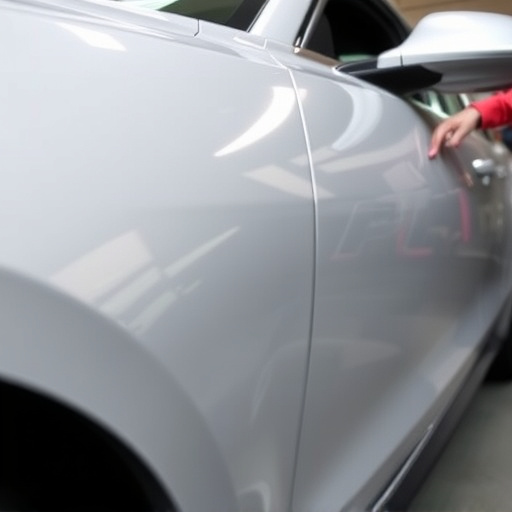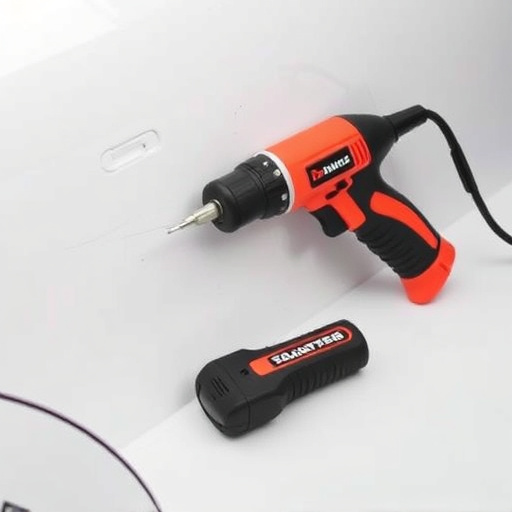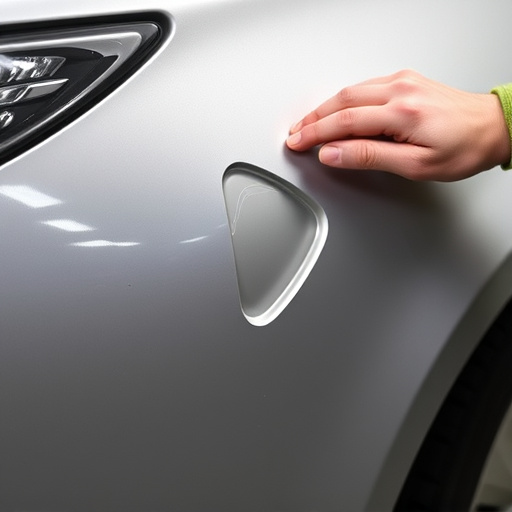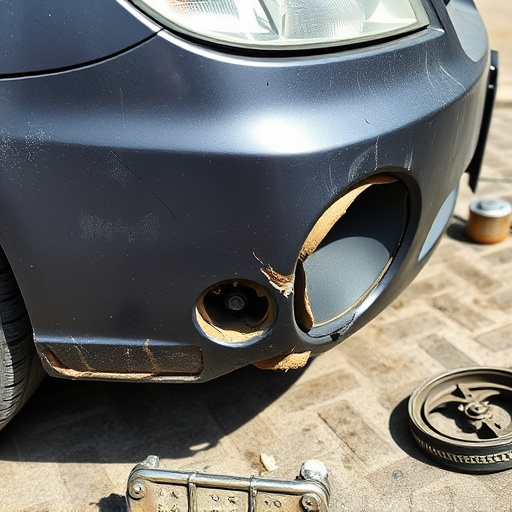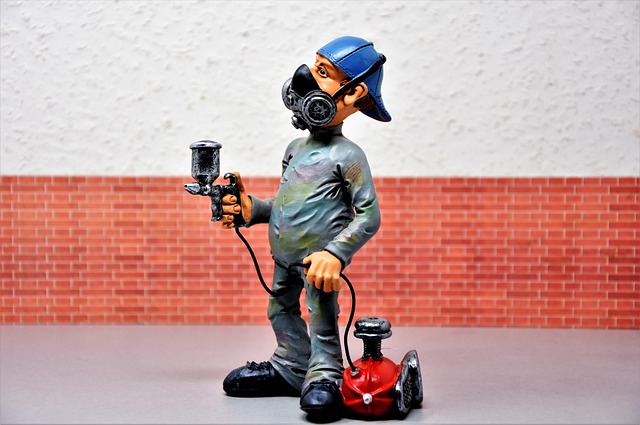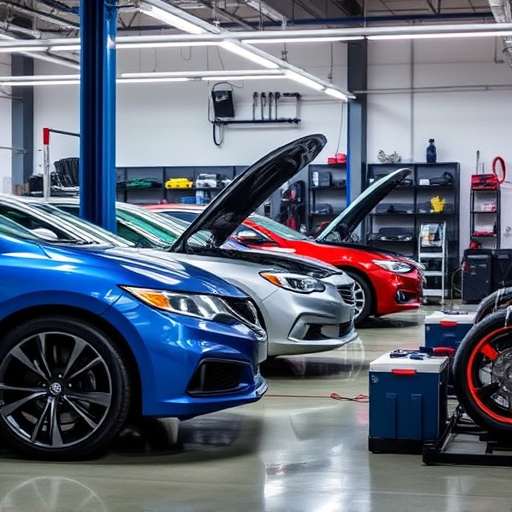Carpet replacement collision is a vital yet costly aspect of auto body repair, addressing interior damage from accidents. Effective management considers both material and labor costs, with skilled technicians required for removal, preparation, and installation. The financial impact is significant, affecting both repair shops and car owners, who should weigh immediate expenses against long-term benefits like vehicle value retention and safety. Efficient cost control through streamlined assessment and specialized techniques is paramount to mitigate unexpected expenses and foster customer satisfaction with affordable, high-quality auto body repairs.
Carpet replacement collision, a common challenge in vehicle repair, significantly impacts repair cost management. This article delves into the intricate details of understanding and mitigating these costs. We’ll explore the financial implications of post-collision carpet repairs, providing a comprehensive overview that includes analytical insights and strategic guidance for efficient cost control. By the end, readers will be equipped to navigate carpet replacement collision more effectively.
- Understanding Carpet Replacement Collision: A Comprehensive Overview
- The Financial Implications: Analyzing Repair Cost Management
- Strategies for Efficient Cost Control in Post-Collision Carpet Repairs
Understanding Carpet Replacement Collision: A Comprehensive Overview

Carpet replacement collision refers to a scenario where damage to a vehicle’s interior, particularly its carpeting, requires repairs or complete replacement. This situation often arises from car accidents or other incidents causing structural damage inside the vehicle. Understanding carpet replacement collision is crucial for effective repair cost management in auto body shops and car bodywork centers.
When a car undergoes a collision, various components can be affected. The impact may lead to tearing, staining, or complete dislodging of the carpeting. Auto body shop technicians must assess the extent of damage to decide whether to patch or replace the damaged area. Complete carpet replacement involves removing the old carpet, preparing the floor pan, and installing new carpeting, a process that demands specialized skills and tools. Proper management of such cases requires considering not only the direct cost of replacement but also labor charges associated with removal, preparation, and installation, making it a significant factor in car collision repair.
The Financial Implications: Analyzing Repair Cost Management

The financial implications of carpet replacement following a collision are a significant consideration for both vehicle owners and auto repair shops. When a car undergoes a collision, the impact can cause extensive damage, requiring various repairs, including auto frame repair and, in some cases, the complete replacement of certain parts or even the entire carpeting system. This can lead to substantial costs, as collision repair services are often intricate and time-consuming.
Effective repair cost management is crucial for both parties. Auto repair shops must carefully assess the damage, provide accurate estimates, and communicate potential financial implications to customers. For vehicle owners, understanding these costs in advance allows for better financial planning and ensures they receive a transparent service. It’s essential to consider the long-term benefits of prompt collision repair, including maintaining vehicle value and ensuring safety, which can outweigh the immediate financial burden.
Strategies for Efficient Cost Control in Post-Collision Carpet Repairs

When dealing with carpet replacement due to collision damage, efficient cost control is paramount for repair shops and vehicle owners alike. One effective strategy is to prioritize quick assessment and initial estimates. By implementing streamlined processes, technicians can swiftly identify the extent of carpeting needs, enabling accurate budgeting. This approach minimizes unexpected expenses, a common pain point in auto bodywork repairs.
Additionally, leveraging specialized carpet replacement techniques tailored for automotive repair can significantly reduce costs. Using durable, cost-effective materials and efficient installation methods ensures long-lasting results while keeping expenses manageable. Integrating these practices into the workflow not only benefits collision repair centers but also fosters customer satisfaction by delivering high-quality, affordable car paint repair solutions.
Carpet replacement collision, while a challenge for repair services, can be effectively managed with strategic cost control measures. By understanding the financial implications and implementing efficient strategies, repair businesses can minimize expenses and maintain profitability in post-collision carpet repairs. Optimizing inventory management, utilizing specialized tools, and adopting standardized repair protocols are key to streamlining the process. Moreover, staying updated on industry trends and leveraging technology can further enhance cost-saving opportunities. In focusing on these areas, repair services can successfully navigate carpet replacement collision scenarios and ensure long-term financial sustainability.



